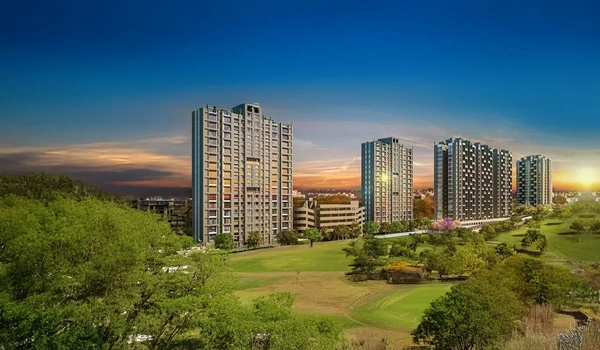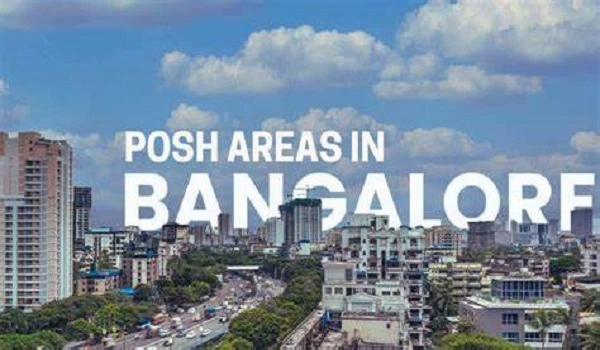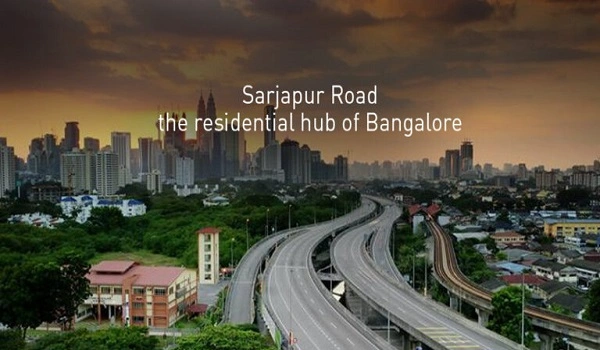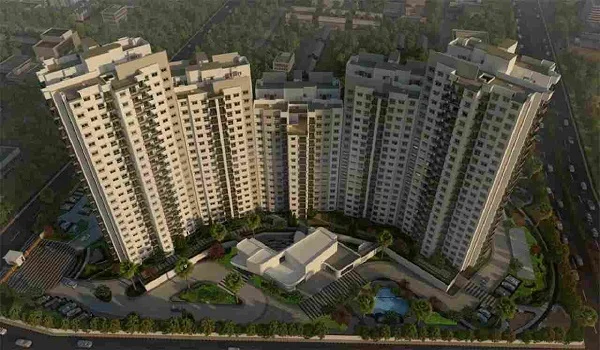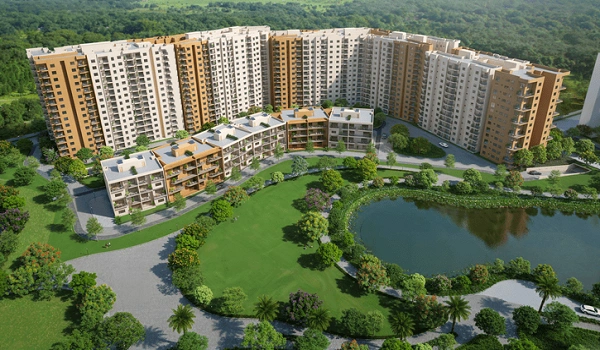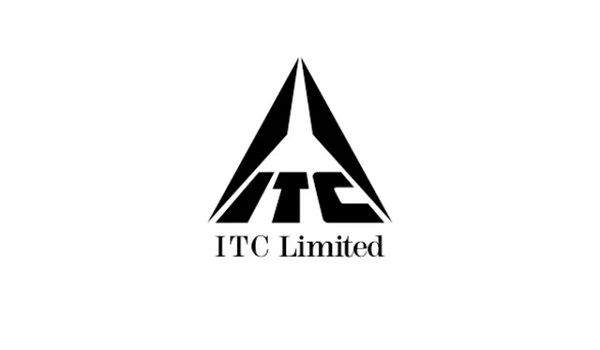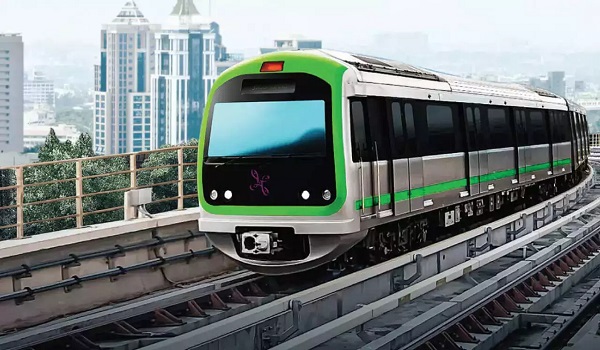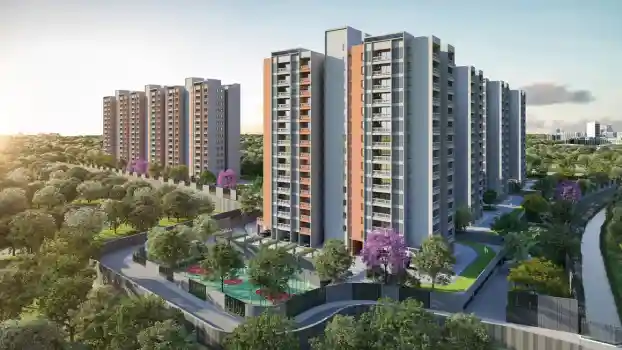Karnataka Begins Valuation of Enemy Properties in Bengaluru: Why It Matters
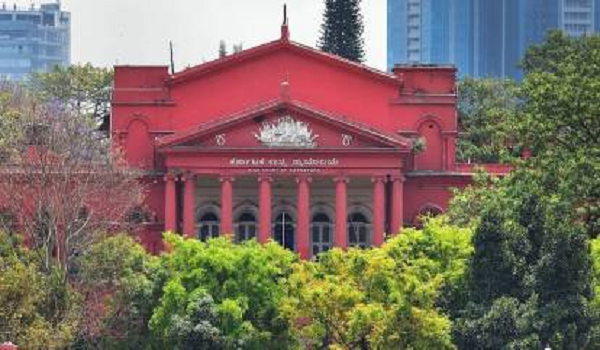
The Karnataka government has started checking the value of 24 properties across the state that are known as "enemy properties." Six of these are in Bengaluru, located in well-known areas like Raj Bhavan Road and Vittal Mallya Road. This step is important because it clears the way for these lands to be auctioned or sold, unlocking rare parcels of land in some of the city's most crowded and expensive neighborhoods.
Enemy properties are lands and buildings left behind by people who moved to Pakistan or China during wars in 1962, 1965, and 1971. These individuals gave up their Indian citizenship. In 1968, the Indian government passed the Enemy Property Act, which gave control of these properties to the Custodian of Enemy Property for India (CEPI).
In 2017, the law was changed again. Even if a person's family member stayed in India, they are no longer allowed to claim ownership. That means these properties are fully owned by the Indian government now.
- Over 13,000 enemy properties exist in India.
- Their total market value is more than ₹1 lakh crore.
- States like Uttar Pradesh and West Bengal have the most.
- (Source: OpIndia, Deccan Chronicle)
Out of the 24 properties in Karnataka, six are in Bengaluru. They cover about 1.5 lakh square feet. These properties are located in places that are already developed and in high demand:
- Raj Bhavan Road
- Vittal Mallya Road
- Victoria Road
- Kalasipalya
- Grant Road
These locations are close to government buildings, commercial offices, luxury homes, and malls. For example, areas like these are comparable to where upscale projects such as Birla Evara in Sarjapur-Kodathi are coming up—with modern homes, security, and smart features.
Two departments are handling the process:
- PWD (Public Works Department): To assess the value of the buildings.
- Tahsildar's Office: To provide the official land value (known as guidance value).
The Deputy Commissioner of Bengaluru Urban, who now also acts as the Deputy Custodian of Enemy Property, will put the information together in a report. That report goes to the state government, which will decide what to do next.
(Source: Deccan Herald, May 2025)
The future steps depend on how much each property is worth:
- If the value is less than ₹1 crore (in rural areas) or ₹5 crore (in urban areas), the current occupant may be allowed to buy it first.
- If the value is higher, the property will be sold through an online auction run by CEPI.
All money from these sales will go to the Consolidated Fund of India, helping the government raise funds.
(Source: Ministry of Home Affairs, Economic Times)
Even though 1.5 lakh sq ft may seem small, the location of these properties makes them valuable. Areas like Raj Bhavan Road and Vittal Mallya Road are already crowded and expensive. Getting new land here is nearly impossible.
- More Land in Core Areas: Rare opportunity to build new projects in old neighborhoods.
- Better Price Discovery: Auctions will set new market rates for land nearby.
- Redevelopment Possibilities: These lands can be used to create modern homes or public infrastructure.
- Investor Interest: Large real estate players and HNIs may look at these plots seriously.
- Legal Clarity: Selling government-owned land clears ownership doubts for future buyers.
Just like Birla Evara has turned its location into a smart residential hub, these enemy properties in central Bengaluru could be transformed into premium developments too.
This process is not without difficulties:
- Court Cases: Some families may still try to claim these lands, even though the law doesn't allow it anymore.
- Evictions: Many of the properties are already occupied, which means removing current users could take time.
- Public Sentiment: Some properties may have historical or emotional value to people in the area.
- Valuation Accuracy: If the land is priced too low or too high, it could cause controversy.
- Auction Transparency: The auction process must be fair and clear to avoid misuse or favoritism.
(Source: ANI, Deccan Chronicle, OpIndia)
Karnataka's decision to value enemy properties—especially in a high-demand city like Bengaluru—marks a key moment. For years, these lands were stuck in limbo. Now, with the right checks and legal steps, they may soon be available for auction, reuse, or redevelopment.
In a city where land is limited and property prices are climbing fast, this could bring much-needed supply in central zones. Whether it's government projects, new offices, or modern homes like Birla Evara, this move can help shape a more balanced and forward-looking city.
| Enquiry |

